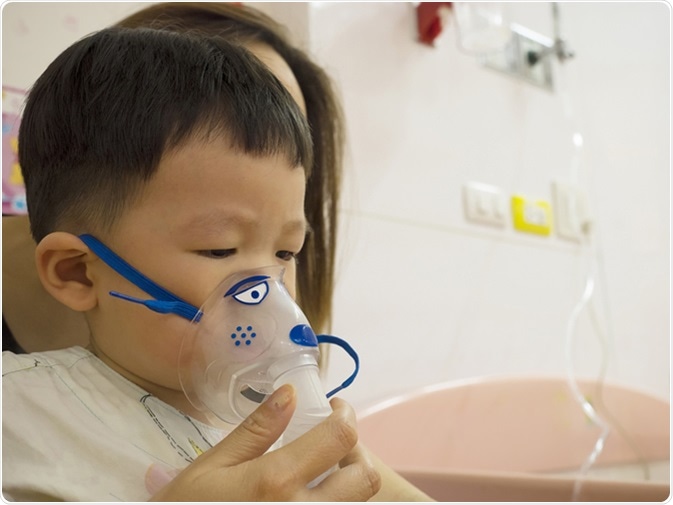Launching 1st March 2023. Also check out: https://www.thailandmedical.news/
Walking pneumonia is a mild form of pneumonia which is likely to spread fast through a community, since it is easily transmitted. The infection is bacterial in nature and is also known as atypical pneumonia (although the latter term may be used more broadly, as it may encompass pneumonias caused by viruses, fungi and protozoa).
This type of pneumonia has relatively milder symptoms such as runnynose, sore throat, intermittent cough, low fever, some body chills, and sometimes headaches. It can affect people of all ages and from all walks of life.

Age Groups: Children below two years of age and elderly people above sixty five years of age are more vulnerable to the bacterial infection which gives rise to walking pneumonia. The primary reason is that in young children the immune system is not yet mature enough to handle such infections, while in the elderly the immune system may be weakened due to other ongoing medical issues.
Hospitalization: Those patients who have been hospitalized for other chronic diseases are at higher risk for contracting the illness – especially if they need to be put on a ventilator for breathing. The illness can often make the existing condition of the patient worse. Many people in the intensive care unit of a hospital are likely to pick up walking pneumonia as a secondary infection.
Weak Immune System: People whose immune system have been suppressed due to organ transplantation, long term steroid use for another ailment or even chemotherapy, are likely to be more susceptible to walking pneumonia. Those with HIV or AIDS also belong to the high risk group. Besides illnesses, the immune system can be weakened by smoking and other detrimental lifestyle choices.
Pregnant Women: Any form of pneumonia can pose a special hazard for a pregnant woman. The immune system works differently in women when they are carrying a baby and increases their risk of infection. Also, if they contract walking pneumonia, the chances of it leading to premature labour increase. This complication increases the risk of the woman dying during the birthing process.
The bacteria are likely to travel to the lungs of the person when they are inhaled, and reach the lung directly through the airways. In some cases they may be transfered from a contaminated item placed in the mouth to the lungs. If there is a gag reflex present and the throat contracts , this allow bacteria to rush through the airways while the item is held in the mouth. The bacterial infection may also go through the blood from other organs to the lungs.
Once the bacteria hit the lungs, they will travel through the bronchi or smaller air tubes. Eventually the bacteria go through the smaller airways called bronchioles and land in the alveoli. The alveoli are microscopic air sacs in the fabric of the lungs which allow oxygen and carbon dioxide to filter through the small blood vessels known as the capillaries within the lungs. This is where the infection will take root and, as the bacteria begins to multiply, the illness will become more pronounced.
The best way to prevent any communicable disease is to avoid anyone who is infected with it. However, since walking pneumonia presents with extremely mild symptoms that mimic the common cold or flu, patients often do not even realize that the infection is present. Some basic health care practices which aid in reducing the possibility of an infection may work as guidelines to help prevent the spread of walking pneumonia.